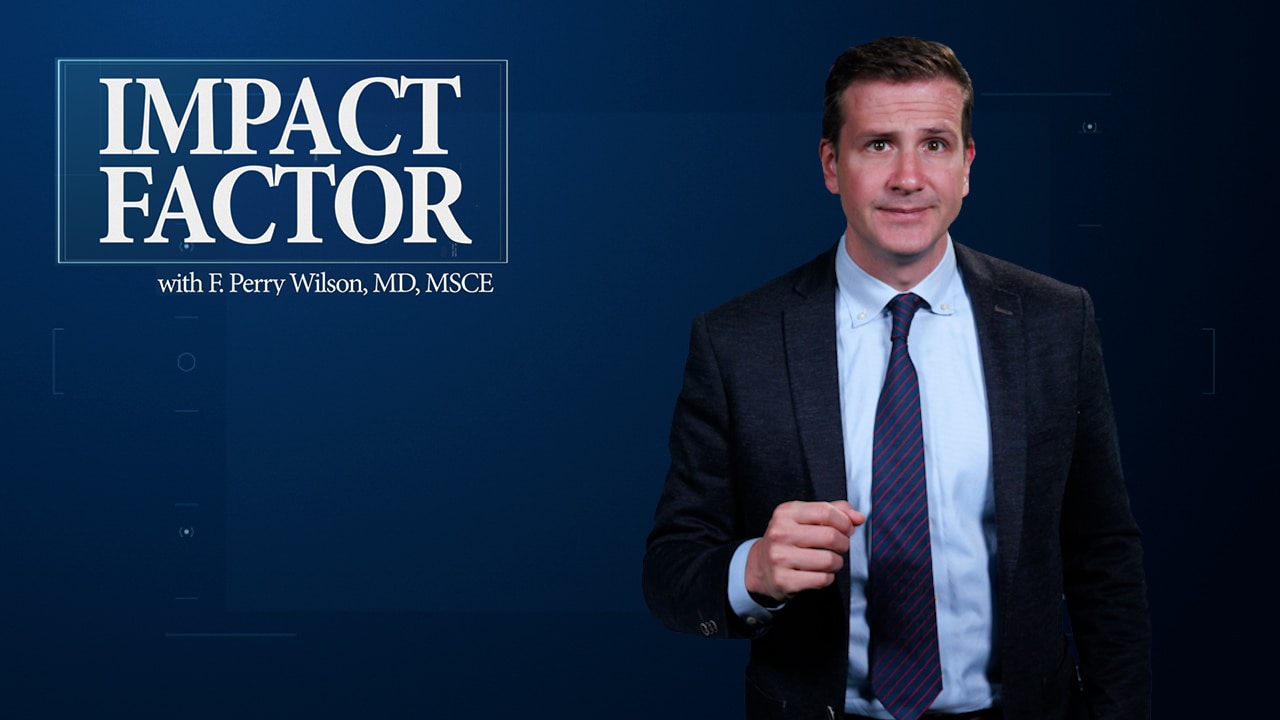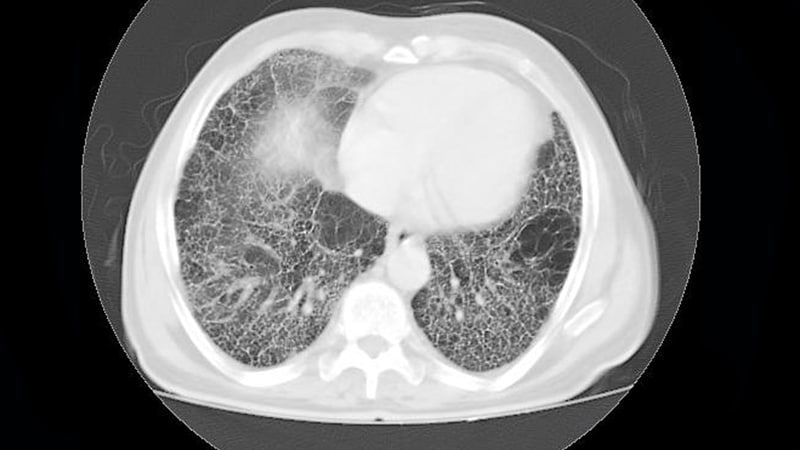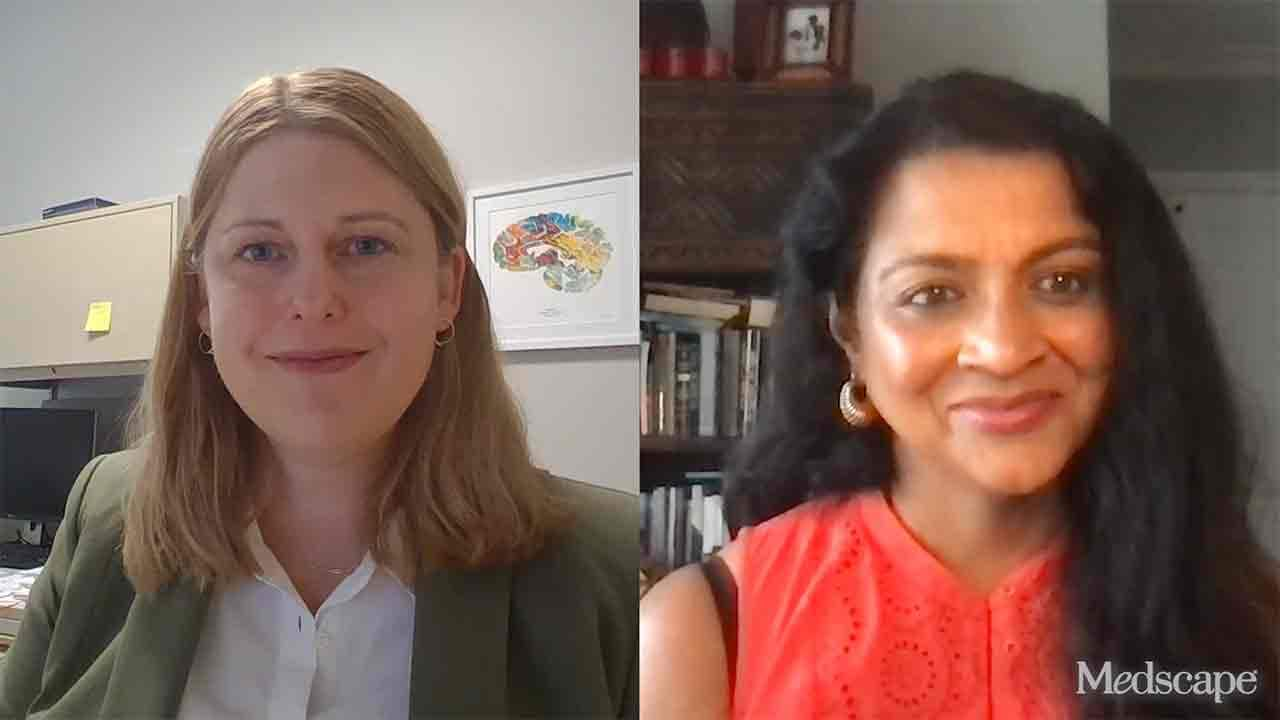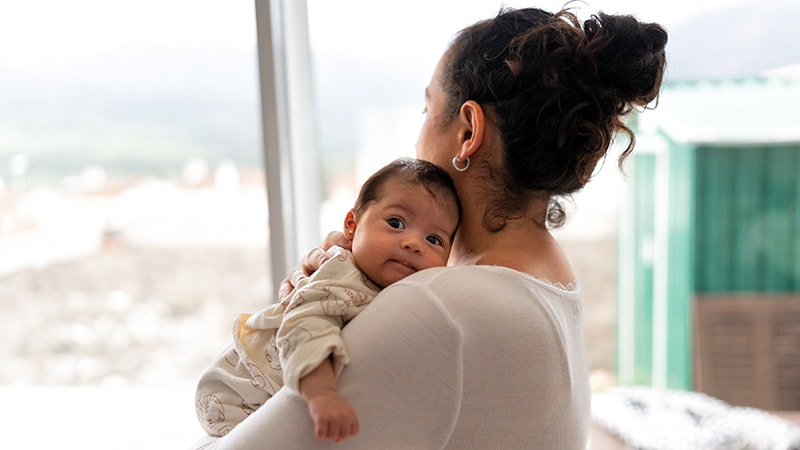This transcript has been edited for clarity.
This is Mark Kris again, talking about a recent meeting in New York of the New York Lung Cancer Foundation, a summit meeting called "Call to Action." This meeting was held in mid-March and it brought together investigators from all over the world in medical specialties, regulatory, patients, advocacy groups, and also our pharma partners.
Some of the high-level things that people talked about included that everybody was stoked that we needed to do a better job. We need to define what these questions are, and as an international community fighting this disease, work together to do that. Again, the meeting went from screening to diversity, including all kinds of issues that need to be faced.
There are a couple of things that I would like to put at the top of the list. I think the first is that, now that we have curative therapies both for locally advanced disease, coupling systemic therapies and radiation or surgery, and even for metastatic disease using a checkpoint inhibitor, we now have to prioritize cure.
At this meeting, as great as it was, I didn't hear a single talk where people said, "This is the current cure rate that we have in this stage; how are we going to improve that cure rate?" Nobody approached it that way. It's agreed that we don't have a consensus definition of what cure is, so that's part of the problem. We need one.
What we really need, and what our patients have asked us for, is to provide more cures. The best quality of life is life cancer-free, and that only comes from a curative strategy. We need to prioritize cure across the board, in the laboratory, in the clinic, and in designing clinical trials where we already have cure. We have to make more cures in surgical cases, concurrent chemotherapy and radiation, and for stage IV disease with checkpoint inhibitors.
I think the other thing that became clear is that the now 20 years of research in acquired resistance in the EGFR space has not led to a breakthrough. I put it to you that perhaps we need to pivot from this focus on resistance to do a better job of focusing on persistence. Take those tumors after some initial exposure to our best therapies and study those tumors, because the cells remaining in those patients are the cells that are going to persist, grow, and then go on in the lives of our patients.
I think we've given looking at resistance a good run; however, at the time of resistance, the cancer cell has had often years to develop pathways to block the effects of our most effective therapies. It's absolutely unclear exactly what to look at in these persistence cases; however, there are some ideas there.
Secondarily, I think we've seen that looking at resistance has led to no breakthroughs. Yes, there have been some new therapies that have come along, but no breakthroughs. To really take the next step, we need to pivot from resistance to persistence as a community. We need to get those persistent specimens to our labs and to get our laboratory scientists to work with them.
There was a great consensus at this meeting that we need to change the rules as to how we test drugs, both in the regulatory way and in the clinical trial design way. It falls to us. I'm going to speak for our practitioners now to come up with trials that are simpler and clearer, and that the trial design fits the situation that we are studying. We need to change the rules for trials and drug approvals when warranted by the data and by the clinical lead.
Again, this is not a blanket rule, but where the data suggest — and I'll pick on that recent controversy with the phase 3 trial of selpercatinib, where the preliminary data suggest an absolutely huge benefit to one of the interventions — in that case, selpercatinib, with an 80%-plus response rate.
It's a different kind of trial and the rules have to be different. I think our regulators are open to this. I'll point to the Pragmatica-Lung trial that's underway, led by the Southwest Oncology Group (SWOG). They're using a very pared-down clinical design but a focused way of collecting the necessary information. There's an agreement from the regulators (in this case, the FDA) that the data from this pared-down trial — I should call it focused rather than pared-down because they're focusing on the important endpoints — that if they achieve their goal, that trial can be used for regulatory filing.
Here's an example where we all came together — cooperative group, practitioners, patient groups, and regulatory authorities — to do this. This is a great model and we need to do this across the board. We need to do it worldwide. Of course, it has to be informed by the preliminary data that lead to the trial and also the critical need, too.
For disease groups with no benefit from current therapies, we have to get these drugs to them faster. There was a great discussion, and I have to say, a willingness by everyone around the world. We just have to make it happen.

.webp) 3 weeks ago
6
3 weeks ago
6



























 English (US)
English (US)